Bellybutton Piercing Healing
It can take anywhere from six months and a year for a bellybutton piercing to heal completely.
However, if the proper care is taken, it can heal faster than that.
Bellybutton piercing has become one of the most popular forms of piercing in the world recently, especially among women. In this procedure, the top flap of the navel is pierced, and a decoration of some sort, usually a ring, is inserted in the newly pierced hole.

The piercing is usually done with a barbell, which is then worn until it has healed completely.
Just like any other type of piercing on any part of the body, it is very possible that the bellybutton piercing can become infected if the person does not take proper care of it.
In these cases, the infection can also result in the rejection or migration of the piercing as well.
Naturally, it is easy to minimize the risk of such things happening if a person takes proper care of the piercing.
Healing Stages
Several healing stages can be observed after the bellybutton has been pierced.
In the initial stages, there will be redness, usually in the first couple of days after the initial piercing.
The area will be red and tender. There is also the possibility of swelling in these first stages as well.
These signs are all normal. Another sign that should not worry people is a white or yellow colored discharge, which is another sign that everything is healing up. A scab will probably form in the area after several days.
Once the scab falls apart, there will be new skin underneath it, which will also be tender and lighter in color than the rest of the skin in the area.
If there is increased pain as time goes by, along with more redness and further discharge after the initial stages, then it could be a sign of infection and a person is recommended to visit the doctor immediately to treat it.
Speeding Up the Process
Several steps can be taken to speed up the healing process, however.
It is important to clean the area regularly, at least twice a day. A person should avoid cleaning too much because that can also irritate.
It is also important to keep the hands clean while cleaning the bellybutton to avoid irritation and infection.
The best way to clean it is with a cotton ball and water. Once the crust is removed, the person should apply a good amount of antibacterial soap to the site of the piercing and work the soap around the piercing and jewelry.
- The rebellious stigma associated with body piercing stemmed from the social movements in the 1970s and 1980s, in which body piercings were used as markers of group identity to rebel against conservative middle-class norms. However, from the 1990s onwards, body piercing became more conventional because of its embellishing features and the increasing representation of body modifications in the media.
- Anywhere between 6.5% and 51% of the population have body piercings, with the specific percentage depending on which age group and social grouping is targeted. Moreover, Van Hoover et al., noted that 50% of millennials have at least one piercing in locations other than the earlobes, thus indicating the ever-growing popularity of this type of body modification.
- We used a multi-method approach, applying cognitive (surveys), affective (aesthetic ratings), perceptual (speeded response task) and neuroscientific (event-related potentials) tools to delineate in some depth how women with and without navel piercings experience their own and others’ pierced and unpierced bodies. The reason for this approach lies in the inherent complexity of the body image construct.
- A total of 344 participants with and without navel piercings, were recruited using a variety of methods. Locally, we used email advertisements, posters and a participant recruitment database at the University of Essex. Social networking was used to recruit pierced and non-pierced participants more widely and consisted of recruitment via Survey Circle and Survey Tandem, Facebook posts by the first author that were shared on by friends and family, as well as the endorsement of our study by an art historian who specialises in body modification as artistic practice and is well-connected to international body modification communities.
- There were 214 female participants with navel piercings, with a mean age of 25.7 years (SD: 6.7, range: 18–55). Of the 202 participants who indicated how often they wear their navel piercing, 87.6% indicated that they always wear their navel piercing, 4.5% stated most of the time, 1.5% about half of the time and 6.4% indicated sometimes. The control sample consisted of 130 female participants without navel piercings, with a mean age of 25.6 years (SD: 7.0, range: 18–48).
- Of all the 194 indicated motivations collected across respondents, 27% were to increase physical attractiveness, while the next most common reasons (rebelliousness, independence, control over body) each composed around 12% of all motivations. Reasons related to body image (increasing physical attractiveness (27%), control over one’s own body (12%), and hiding a flaw (3%)) together made up 42% of all motivations. Overall, these results suggest that navel piercings in women are foremost intrinsically linked with body image, and less so with individuality or rebelliousness.
- A total of 260 participants, 130 with and 130 without navel piercings, completed the BICI. 227 of these participants completed the BICI online and 33 completed the BICI as part of the EEG session. The average age of participants was 25.8 years in the pierced group, and 25.6 years in the control group.


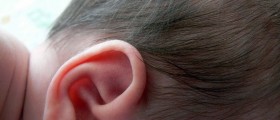
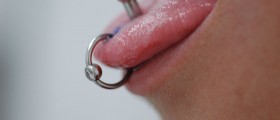
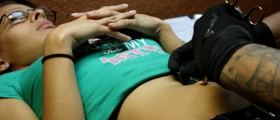
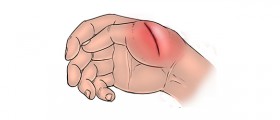

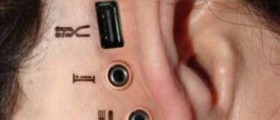


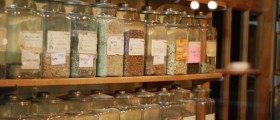
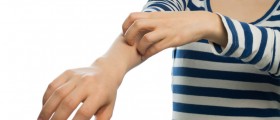
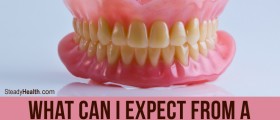

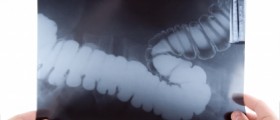


Your thoughts on this
Loading...